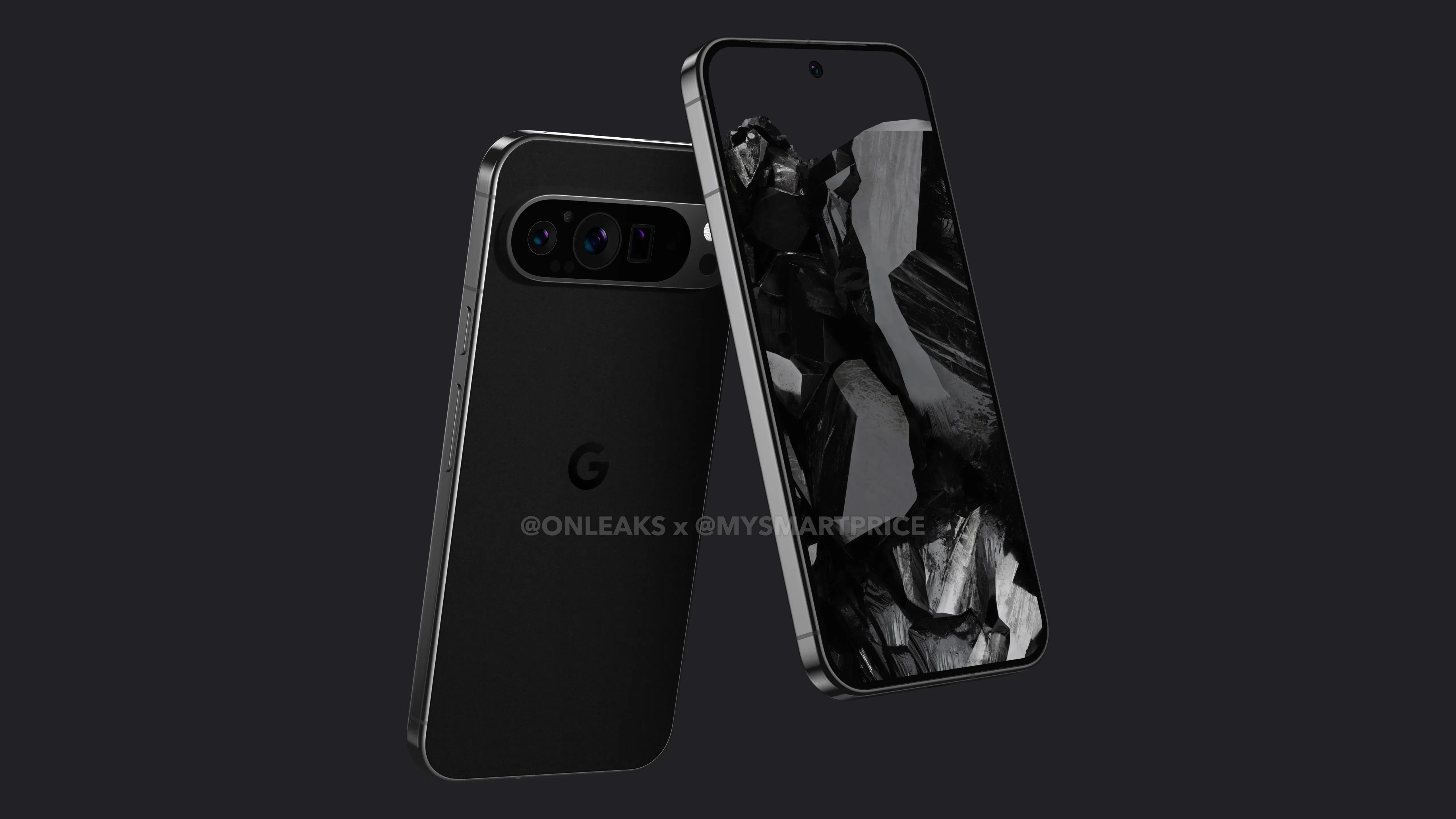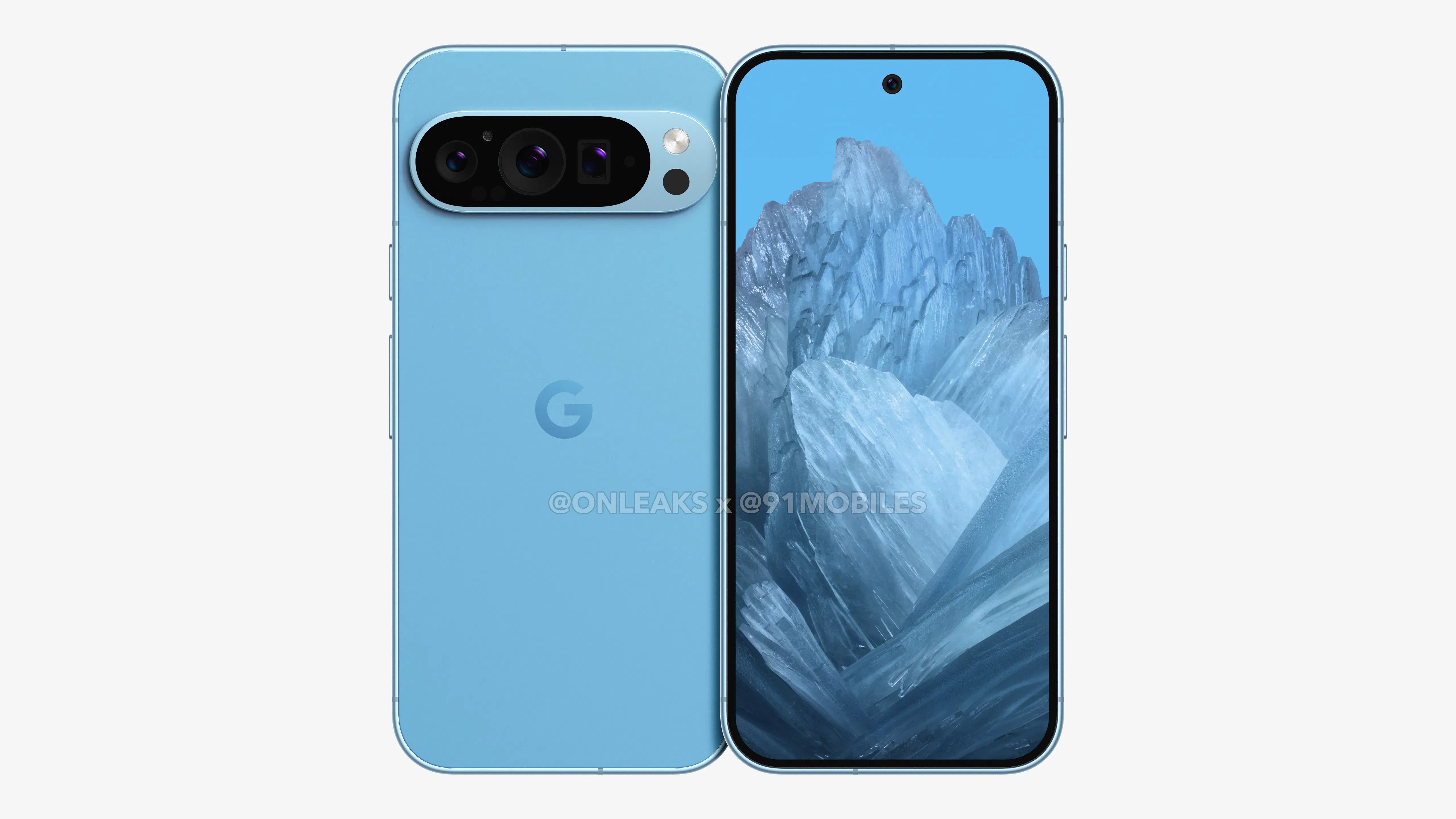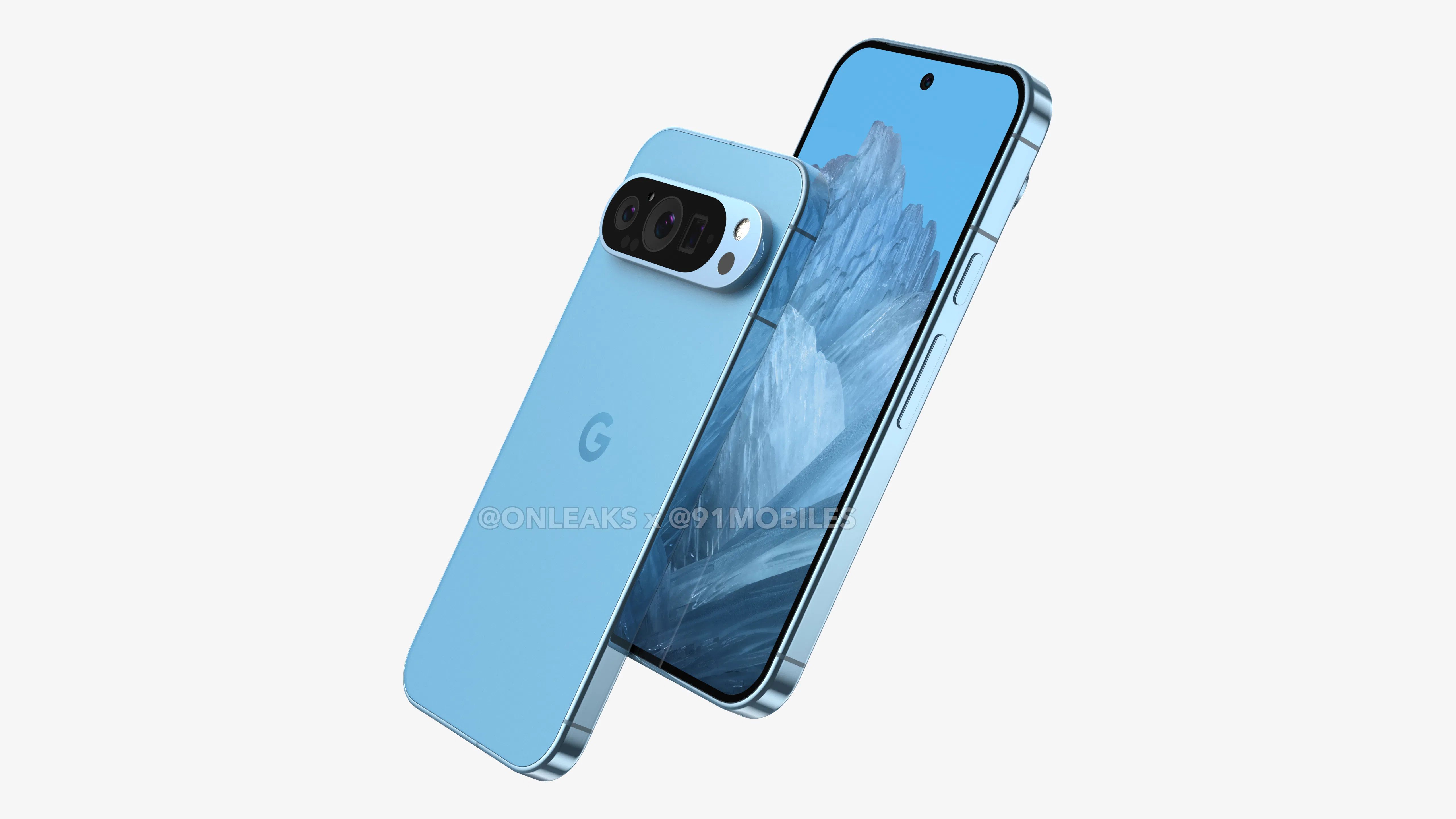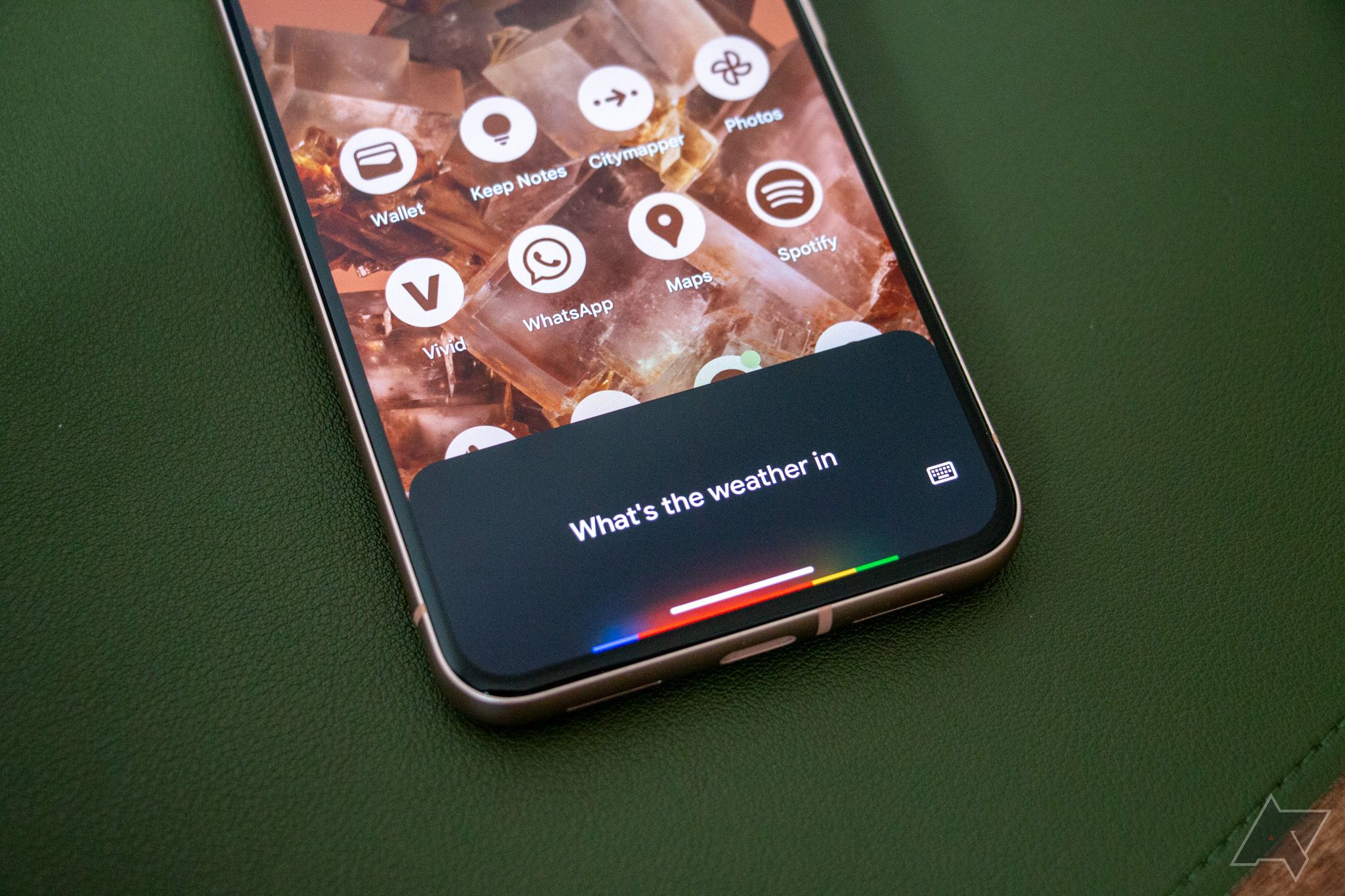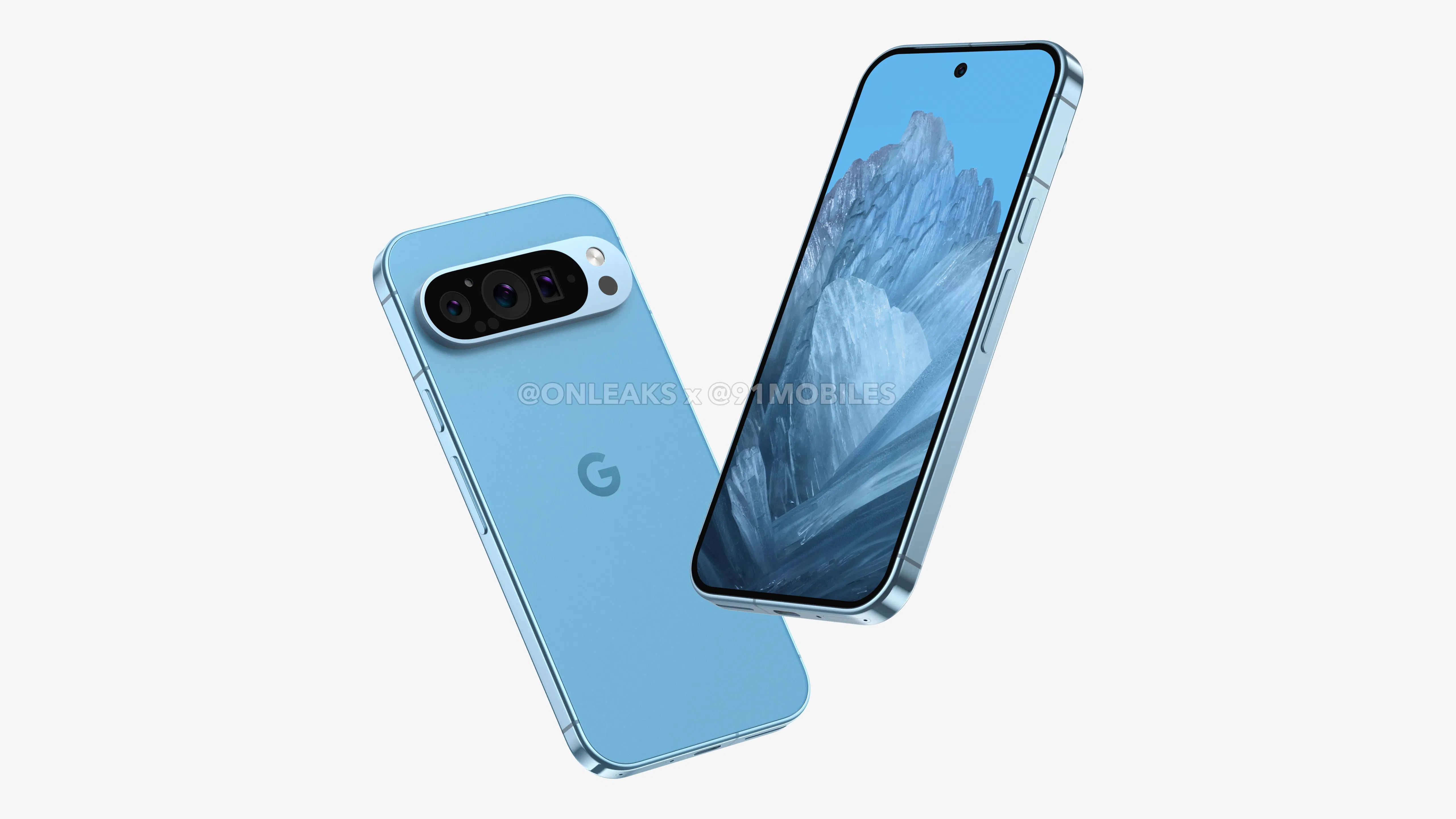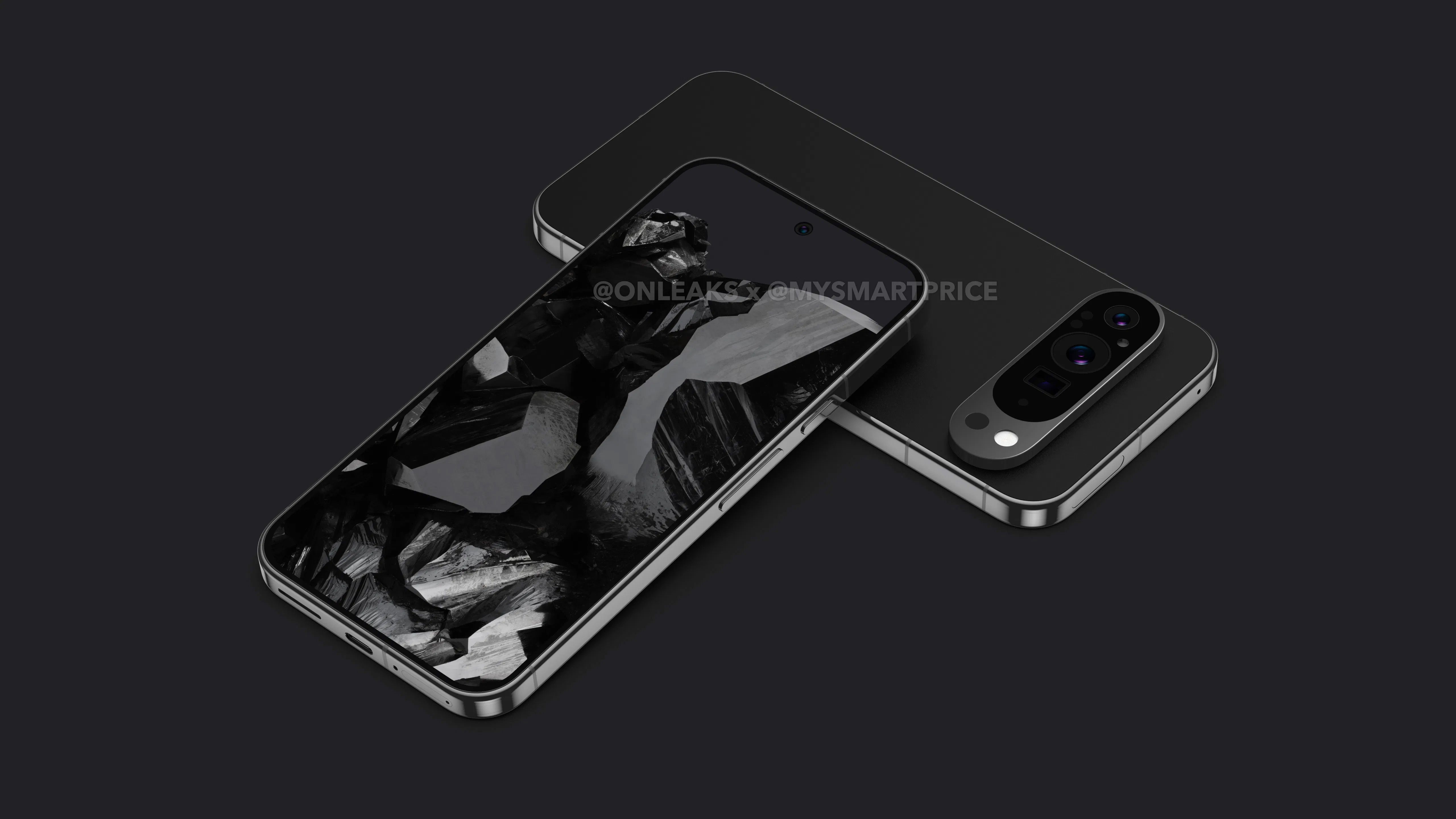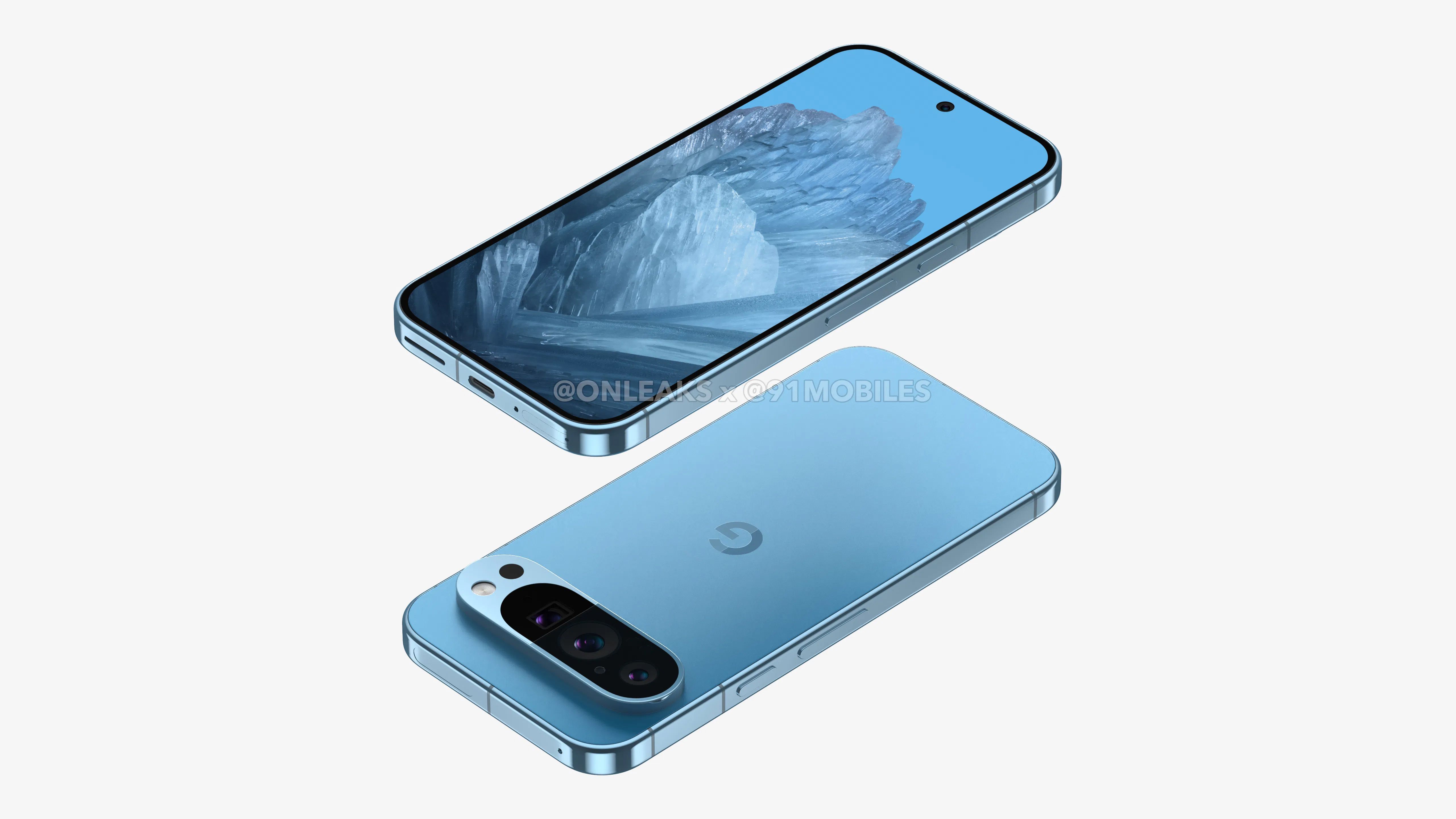With the Google Pixel 8 and Pixel 8 Pro having established themselves as some of the best Android phones you can buy today, it’s time to look forward to what’s on the horizon. You could pick up last year’s Google flagships — they’re pretty good, especially on sale — but imagining what’s around the corner is more fun. The Pixel 9 will be here before you know it. And unsurprisingly for a brand with a reputation for leaks like Google, we already know a lot about both phones, with plenty of mystery waiting in the wings. Here’s everything we know about the Pixel 9.
Google Pixel 9: Design and specs
We are months — seasons, even — away from the launch of the Pixel 9, but this is Google we’re talking about. Of course early renders of the Pixel 9 Pro have leaked onto the web, giving us a look at what the company’s next flagship smartphone will look like. And while you’ll have to keep waiting to see what the brand intends to do with the smaller model, this gives us a pretty good idea about where the brand’s design trends are headed.
One look at these renders tells you all you need to know: Google is following in the footsteps of Apple and Samsung alike. Those flat edges have been the iPhone’s signature play since the iPhone 12 in 2020, while Samsung adopted fully flat sides on the Galaxy S24 and S24+ just this year. Combined with the rounded corners — a similar look to our earliest glances of the Pixel 8a — and the Apple comparisons really do write themselves.
Still, this is a Google phone, and that means the camera bar is here for another generation. This time, it looks in line with what we saw on the Pixel Fold last year, presenting a large bump that doesn’t connect directly with the frame of the phone. I actually quite liked this style on Google’s first foldable, and I’m happy to see the brand carry it over to normal slab phones, though your mileage may vary.
This leak also specified a smaller display size — 6.5-inches, as opposed to 6.7-inches — but we’d take that with a grain of salt. The leaked dimensions are 162.7 x 76.6 x 8.5mm, nearly identical to the Pixel 8 Pro in everything but thickness. Unless Google’s about to put some mighty chonky bezels on its flagship phone, we’re probably looking at another 6.7-inch screen. For what it’s worth, Ross Young — someone with experience in the display industry — said that every Pixel successor in Google’s next generation will have larger screens than what came before, including the Pixel 9 and Pixel 9 Pro.
You know what’s even more curious than this Pixel 9 Pro leak though? The Pixel 9 renders that followed closely after. For the most part, these images show a design language in line with the changes made to the larger Pro model — with one very exciting new inclusion.
The camera bar adorned on the back of this Pixel 9 includes a telephoto lens, making 2023 potentially the first year the flagship Pixels are this similar. Now, this fits the earliest word on the Pixel 9 series, dating all the way back to December 2022 when a leaked roadmap dished all the dirt on Google’s handset lineup through 2025. Here’s what we wrote in our coverage of that leak:
Meanwhile, the Pixel 9 series is set to expand. Alongside the regular Pixel 9 (no codename on this) and the Pixel 9 Pro (“komodo”), Google wants to launch a small version of the Pixel 9 Pro. At 6.3″ this model (codenamed “caiman”) would effectively be the size of the current Pixel 7, but with all of the extras that often leave users opting for the larger model. It’s yet another Apple-inspired move, as Google looks to chase the success of phones like the iPhone 14 Pro and Pro Max.
Aside from some pricing inaccuracies, this original report has proven to be true throughout 2023. As we get further into the future, it’s easier for certain elements of phones to be changed or canceled. Could this be the smaller Pro model we’ve been looking for? Could the Pixel 9 and Pixel 9 Pro be similar in all but size, leaving budget-minded shoppers to consider the Pixel 8a instead? Big things are afoot for Google’s smartphone lineup, and I can’t wait to see how it shakes up.
As for specs, the Tensor G4 is all but certain to be the brains behind Google’s next smartphones. Originally intended to be the company’s first custom in-house chipset, recent reports delayed those plans into 2025 with the Pixel 10. The Tensor G4 will serve as a small bump over the Tensor G3, something made apparent through its “Zuma Pro” codename. Rather than using TSMC’s 3nm node as expected, the G4 will continue to act as a modified Samsung Exynos chipset, right down to using Samsung’s foundry, as we’ve seen in the past.
If raw performance is important to you, it might be worth holding out to see if the Pixel 10 gets that long-rumored, fully custom, in-house chip. Google’s hardware has never matched the powerhouse performance of Apple or Samsung. That could change in 2025 if this current schedule holds out.
2024 is currently set to be the year of Qi2, a big upgrade to everyone’s favorite charging standard that adds MagSafe-style pucks into the equation. We’re still waiting for the first handsets to arrive with a perfect match for Apple’s own internal hardware, but the Pixel 9 sounds like an likely contender in that space.
Google Pixel 9: Software
Much like how the Pixel 8 series ushered in the era of Android 14, expect the Pixel 9 and Pixel 9 Pro to be the first two phones to launch with Android 15 out of the box. It’s too early to know what to expect from the next major upgrade to our favorite mobile OS — developer previews usually start in February — but we should get plenty of clues throughout 2024 leading up to the Pixel 9 launch event. Expect Google to save the best features as exclusives for its hardware.
One of the spaces we really expect to see Google working hard to prove its expertise in 2024 is AI, with its efforts already ramping up on the Pixel 8 Pro. The Pixel 9 series could jump even further ahead than the competition, adding a new Gemini-powered assistant called Pixie. Early reports indicate Pixie is designed to pick up the slack for Assistant, working offline while running on-device with Gemini Nano. Just keep in mind that Google has already held back Gemini Nano from the smaller Pixel 8 due to hardware restrictions — likely a shortage of RAM. If the Pixel 9 doesn’t include more than 8GB of RAM, it might once again be left out of Pro-exclusive features.
As with the Pixel 8, the Pixel 9 series seems likely to receive seven years of OS updates, meaning support up to 2031. That could present some of the best value in smartphones. If you can’t wait a year, Google’s current smartphones guarantee nearly as long of a lifespan.
Google Pixel 9: Cameras
The biggest shakeup this year could potentially be the addition of a telephoto lens to the smaller Pixel 9, possibly matching up spec-for-spec with the larger model for the very first time. Google could follow Apple’s lead here, using a less powerful telephoto lens in the smaller, more affordable flagship to differentiate these two phones further, but we’ll have to wait for more rumors to find out.
The Pixel 9 lineup may get some new hardware, but what makes this series shine is what Google has cooking in the software. Look for Google to focus more on AI-powered processing and software tricks than raw hardware when it comes to making some of the best camera phones available. Google upgraded the sensor lineup in the Pixel 8 series with some slight changes. The company has been unwilling to discuss what’s new in its latest hardware, though most reports point to the latest main camera being an ISOCELL GNV from Samsung.
Google Pixel 9: Price and release date
With the Pixel 8 and Pixel 8 Pro receiving $100 price increases, we expect the Pixel 9 series to stick to these price points for at least one generation more, as we saw with the Pixel 6 and Pixel 7. Anything is possible, and global inflation raises the risk of higher prices year-over-year. Without any evidence to the contrary, $700 and $1,000 price points for the Pixel 9 and Pixel 9 Pro, respectively, seem like easy guesses.
That said, the potential for a Pixel 8a price hike complicates matters. Should the Pixel 8a arrive at $850, it’s possible the Pixel 9 sees a similar rise in its MSRP. And considering the hardware changes were expecting to see, a bump up to $800 doesn’t seem completely out of question.
The release date is easier to predict. Google locked down the first week of October as its dedicated space for launching new Pixel hardware. We don’t expect that to change any time soon. Look for an early October date for Made By Google 2024, followed by availability on store shelves a week after the official announcement. If you can’t wait that long for new hardware — or you want something more affordable — the Pixel 8a will likely arrive earlier in the year.
Another generation of Pixel awaits
This far out, it’s hard to recommend anyone wait for the Pixel 9 or Pixel 9 Pro, especially if you need a new smartphone right now. If you’re rocking a modern smartphone that doesn’t need to be replaced, it’s fun to look at what’s on the horizon. In Google’s case, it seems like it’s nothing but blue skies (or, you know, at least blue phones) from here on out.
We’ve updated this guide to include context surrounding Google’s rumored price increase for the Pixel 8a and the decision not to bring Gemini Nano to the Pixel 8, and how both of those stories could factor into the Pixel 9.

Google Pixel 8 Pro
If you can’t wait for the Pixel 9, the Pixel 8 Pro is a great choice. With its AI-focused Tensor G3 chipset, a fantastic camera, and seven years of OS upgrades, it’s one of the best Android phones you can buy today, and will keep you covered for a long time to come.




